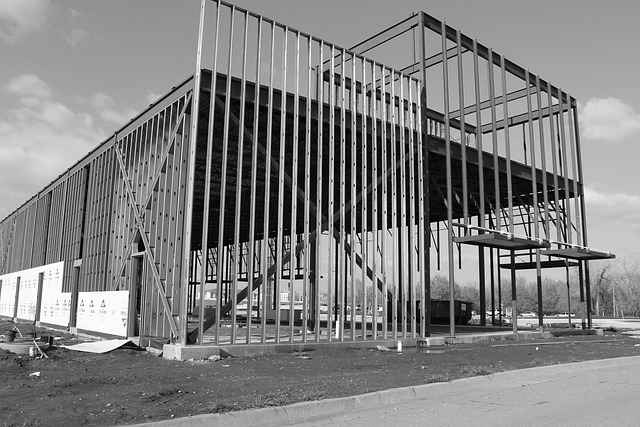
Steel frame construction
Published on by Rashid Minhas
Average Read time: 1 minute 52 seconds
Steel frame construction is a widely used method for creating strong, durable, and versatile building structures. Here's a closer look at its key features and advantages:
- Components:
- Columns: Vertical steel members that support the load of the structure and transfer it to the foundation.
- Beams: Horizontal steel members that span between columns and carry the load from floors, roofs, and other structural elements.
- Trusses: Structural assemblies consisting of interconnected steel members designed to support roof loads over large spans.
- Bracing: Diagonal or cross-bracing elements used to provide lateral stability and resist wind or seismic forces.
- Construction Process:
- Fabrication: Steel frame components are fabricated off-site in a controlled factory environment, ensuring precise measurements and quality control.
- Assembly: Once fabricated, steel frame components are transported to the construction site and assembled according to the architectural and engineering plans.
- Erection: Columns, beams, and trusses are erected and connected using welding, bolting, or other fastening methods to create the structural framework of the building.
- Enclosure: After the steel frame is in place, exterior finishes, interior partitions, and MEP systems are installed to complete the building enclosure.
- Advantages:
- Strength: Steel has high strength-to-weight ratio, allowing for lighter and more slender structural members compared to other materials like concrete or wood.
- Durability: Steel is resistant to rot, decay, pests, and moisture, making it suitable for long-term use in various environmental conditions.
- Design Flexibility: Steel frame construction allows for greater design flexibility and creativity, accommodating a wide range of architectural styles and building configurations.
- Speed of Construction: Prefabrication and off-site fabrication of steel components contribute to faster construction timelines compared to traditional methods, reducing overall project duration and costs.
- Fire Resistance: Steel offers inherent fire resistance and can be further enhanced with fireproofing materials to meet building code requirements for fire safety.
Steel frame construction is commonly used for a variety of building types, including commercial and industrial facilities, high-rise buildings, warehouses, bridges, and residential structures. Its versatility, strength, and durability make it a preferred choice for many construction projects around the world.